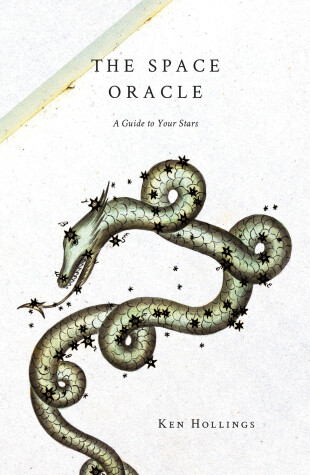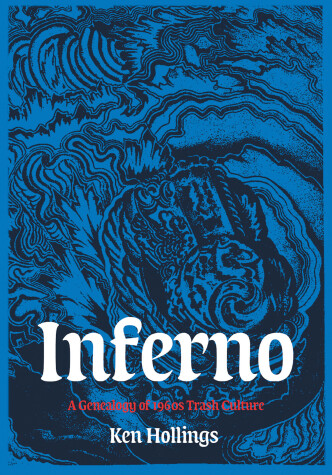Strange Attractor Press
2 total works
Astronomy is another form of cinema. Time is fragmented and extended. Matter becomes light in motion. The camera remains fixed, looking outwards into the darkness, while the earth moves beneath our feet.
A carefully constructed text in sixty numbered sections, The Space Oracle reinvents the history of astronomy as a new form of astrological calendar. This radical retelling of our relationship with the cosmos reaches back to places and times when astronomers were treated as artists or priests, to when popes took part in astral rites and the common people feared eclipses and comets as portents of disaster.
Panoramic and encyclopedic in its scope, The Space Oracle brings astronauts and spies, engineers and soldiers, goddesses and satellites into alignment with speculative insights and everyday observations. The universe, Hollings argues, is a work in progress—enjoy it.
Ken Hollings is a writer, broadcaster, and cultural theorist based in London. He has given readings, lectures and presentations of his work at the Royal Institution, the Berlin Akademie der Künste, the Venice Biennale, Tate Britain and the Royal College of Art, where he currently teaches. His previous two books, Welcome to Mars and The Bright Labyrinth are published by Strange Attractor Press.
“Ken Hollings is a master at connecting the dots between avant-garde art history, outré culture and weird science.”
—David Pescovitz, Boing Boing
Trash has always served me well—over the years it has become the outer form and material expression of my dreams: of tomorrow, of life in space, of the blissful alienation from this world that I have always craved.
—from Inferno
So begins the first part of this personal inquiry into the world of trash by writer and theorist Ken Hollings. Why do we find ourselves so attracted to the cheap and vulgar, the discarded, the misshapen and the abject? What do we really mean when we say that something is “so bad it's good,” and what finally does it say about us? Part personal confession and part historical roadmap of tales from the underground and exploitation movie scene in America during the 1960s, Inferno takes the reader on a journey deep into the heart of the trash experience.
With Inferno, Hollings offers a complex and intricate timeline of connections, coincidences, and resonances that have mostly gone unnoticed. He traces the transmission of “the Purple Death,” a deadly and exotic virus first depicted in an old episode of a Flash Gordon movie serial, through the films of Jack Smith, Andy Warhol, and Kenneth Anger and into the output of such exploitation pioneers as Ray Dennis Steckler, Hershel Gordon Lewis, and Russ Meyer. Hollings also turns his idiosyncratic gaze upon key aspects of teenage culture during the 1960s, including hot rods, “Rat Fink,” surfers, bikers, and beach parties, uncovering a secretive and hidden universe of masks, fake identities, and secret desires. Even Dante would think twice about taking this trip into Hell.

